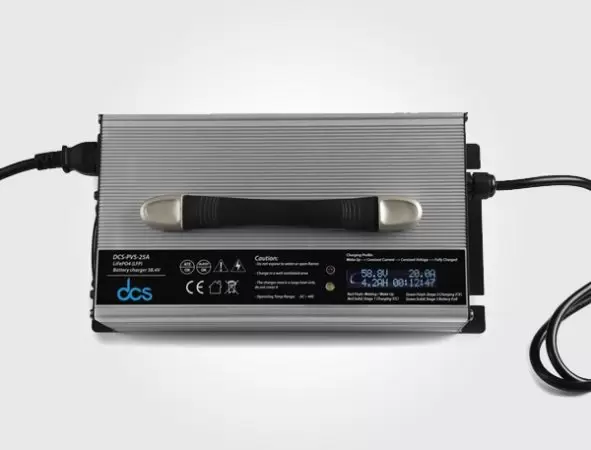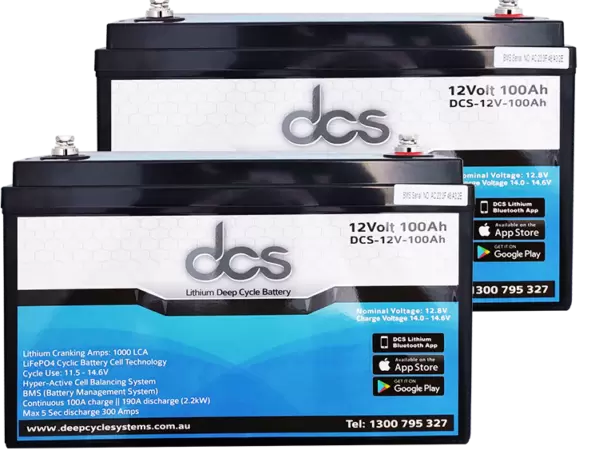It is essential to know the difference between a lithium motorcycle battery charger and a solar charge controller if you have a lithium motorcycle-battery charger. Many people believe they are the same. That is not true at all. There are some very distinct differences between these two pieces of equipment that can make or break your charging system. The bottom line is that you need to know the difference between a lithium motorcycle battery charger and a solar charge controller. The thing we will look at is what they are.
Lithium motorcycle battery charger maintain and monitor your lithium-based battery.
Lithium motorcycle battery charger are a good choice for charging lithium batteries, as they have built-in safety features that prevent overheating or overcharging. Also, they provide an indicator light to let you know when the battery is fully charged.
A solar charge controller is also commonly used with lithium batteries because it has an output voltage of 15 Volts DC for charging lithium-ion batteries effectively.
If you’re looking for a solar charger for your lithium battery, then make sure to get one that is rated at least 15V DC.
The final step is to connect the solar charger to your battery. You can do this using a set of alligator clips, metal clamps, and sharp teeth. Attach one end of the alligator clips to your battery and the other to a metal or copper wire connected to the solar panel.
When you attach the alligator clips to your battery, it will start charging. The charging process will take a few hours, but you can use the battery while it’s being set. You should also ensure that the solar charger is positioned in direct sunlight for maximum efficiency.
A solar charge controller is a device that monitors the status of your solar panel system.
A solar charge controller is used in several solar projects, including motorhomes and boats with solar systems.
A motorcycle battery charger is an electrical device that helps to charge your motorcycle battery. It can recharge the bike’s battery from various sources, like direct current (DC) or alternating current (AC).
A motorcycle battery charger is a small device that can charge your bike’s battery. It plugs into the power outlet and has several charging settings, allowing you to choose how much voltage you want for your bike. Some models even come with accessories like jump starters and LED lights.
The best motorcycle battery charger will have several charging modes, including manual and automatic. These allow you to choose how much voltage your battery receives and when it is charged so that you don’t overcharge or undercharge it. It would help if you also looked for a device with safety features like reverse polarity protection and short circuit protection.
When the sun shines directly on the panels, they can produce twice their rated power.
The solar charge controller will direct the extra power to the battery as long as it’s below its maximum voltage. If you have a 500-watt system, you could have up to 1,000 watts going into your battery at that time. If your battery has a 50 amp hour capacity, you could theoretically put up to 100 amps of current into it at that time—if it has enough room inside! It is not recommended because too much current will damage your cells or even melt them if not designed for high current loads. With most systems, a short burst like this will not harm anything. However, if you have a more extensive system and want to be safe, read this article on protecting your batteries from overcharging.
If you have a solar charge controller, it will automatically prevent damage to your battery by shutting off the current flow when it reaches a certain level. If not, you may need to manually disconnect the solar panels from your battery or use a diode with each cell to prevent this from happening.
If you have a battery with a large capacity, then this is not as much of an issue. For example, if your battery has a 100 amp-hour capacity, it can withstand up to 100 amps of current before it becomes damaged or overheats and explodes.
A lithium solar charge controller is used in several solar projects, including motorhomes and boats with solar systems.
The lithium solar charge controller is a device that is designed to prevent your battery from overcharging and ensure it remains at an optimal state of charge. It also protects the batteries from any damage that could occur when they discharge too much.
You can use this item as part of your existing system or as a stand-alone unit on its battery pack if you don’t have much space for mounting solar panels on your rig.
The solar charge controller has a built-in LCD that will provide you with all the information you need about the current state of your battery pack. You can use this feature to monitor voltage, current and temperature levels.
The LCD also includes a battery voltage meter that will provide you with an accurate reading of the current state of charge. The unit is compatible with 12V batteries, which means it can charge any battery pack.
A solar charge controller is a charge controller for solar panels.
A solar charge controller is a device that regulates the power output of a solar panel system. A solar charge controller can prevent overcharging or undercharging of batteries, connect multiple solar panels in series or parallel and connect a solar panel system to a battery bank.
Solar charge controllers are designed to help prevent any damage from occurring if there is an overload or short circuit on your battery bank. They also can meter the amount of current that goes into your batteries so you don’t have too much going in at one time which could cause them to explode.
A solar charge controller is a device that regulates the power output of a solar panel system. A solar charge controller can prevent overcharging or undercharging of batteries, connect multiple solar panels in series or parallel and connect a solar panel system to a battery bank. Solar charge controllers are designed to help prevent any damage from occurring if there is an overload or short circuit on your battery bank.
Difference between lithium battery charger & solar charge controller
- Lithium battery charger. A lithium battery charger is used to charge a lithium motorcycle battery. It charges your motorbike’s battery to be used for riding your bike.
- Solar charge controller. A lithium solar charge controller is devices that control an electric current generated by solar panels and lead it into a battery system, usually used to charge up a vehicle’s battery pack in case of emergency power outages or blackouts from storms or natural disasters so that people can still use their vehicles even when there isn’t any electricity available for them to recharge their vehicles with conventional methods such as plugging them into an outlet at home or work.
The solar charge controller is a virtual device you should not take for granted. It controls the flow of current generated by your solar panels, ensuring that it doesn’t overload and burn out your batteries or damage them in any way. If you decide to use a solar panel charger instead of one with an AC output (that plugs into the wall), make sure it comes with its battery pack so that you don’t have to worry about charging sources other than sunlight.
Conclusion
The difference is that a lithium-motorcycle battery charger will heat up as it charges, and a solar charge controller will not.
This Article Was First Published On
| Other Good Articles to Read |
| Niche Blogs Connect |
| Blogs 97 |
| Blog Stitution |
| Blogs Unplugged |
| Blogs Cotch Rouge |
| Blog Signatr |
| Blog Sintonias |
| Blog Zilla |
| Consumer Forums |
| Finance Forums |
| G Blogs |
| Too Blog |



